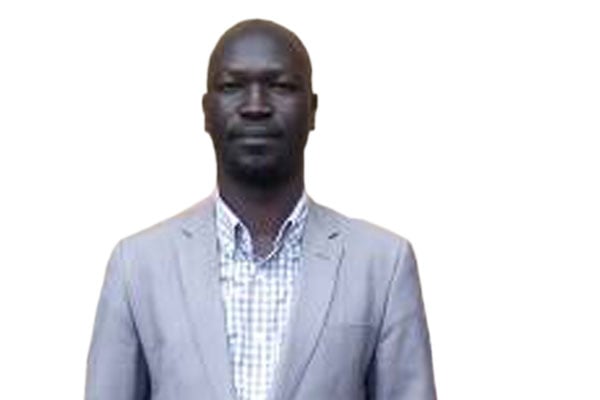Prime
Peaceful transition should lead to elevation of lives

Author: Robert Mugabe. PHOTO/FILE
What you need to know:
- ‘‘Power may periodically change hands within a conspired political class who may instead expend it for self-aggrandisement”
On September 13, Kenya inaugurated president William Ruto in office and said adieu to now former president Uhuru Kenyatta.
This came after a hotly contested election that pitted former prime minister Raila Odinga against former deputy president William Ruto. On August 15, the IEBC declared the latter, winner of the presidential vote. Odinga and team contested the result and sought court redress. Subsequently, on September 5, the Supreme Court maintained the victory of Mr Ruto.
What a spectacle it was! A peaceful transition was happening before our naked eyes, a stone’s throw away in the neighbourhood! The sight of president Uhuru handing over power peacefully to president Ruto was a beautiful and memorable early Christmas gift to the region and the continent.
Sadly, back at home, this tradition has and continues to elude our beloved motherland, 60 years after independence.
Ironically, President Museveni, the man who now stands between Uganda and peaceful transfer of power, attended the inauguration.
Lest we forget, this is the fourth time Kenya is changing leadership. But for the three times this has occurred, President Museveni has remained Uganda’s ruler.
One wonders what goes on in his mind when attending such functions. Does he get inspired to peacefully hand over power one day?
However, judging from his track record, public speeches and actions, it is very unlikely that he gets inspired. It seems President Museveni believes, albeit wrongly, that he has a mission that he alone will accomplish. The idea that leadership, metaphorically speaking, is an unbroken chain as opined by president Kenyatta in his valedictory speech, has no place in his psyche. That is a reality that Ugandans must contend with.
But this situation is not unique to Uganda. History is replete with examples. In fact, 30 years ago, Kenya was in a similar situation under former president Daniel arap Moi. The future of Kenya was bleak and uncertain.
Nobody knew how Moi would leave power and what would happen after his exit. It took a protracted struggle, sacrifice and unity of the opposition to end Moi’s rule and curtail the metamorphosis and continuity of Moism.
In the same way, Ugandans who wish to introduce the culture of peaceful transfer of power from one leader to another, through democratic means, should know that such an outcome will be a consequence of struggle.
Most importantly, it will be borne by unity and sacrifice. It is not possible to construct a viable vehicle of change when those on the same side of the struggle are self-centred and parochial. We must, of necessity, put our act together to achieve such an objective.
Suffice it to say, peaceful transfer of power should not be construed as an end in itself. This is because power may periodically change hands within a conspired political class who may instead expend it for self-aggrandisement.
Peaceful transfer of power should be a means to an end. In other words, it should be used to engender a political environment that deepens democratic growth and fuels economic prosperity for all the citizens.
According to the farewell speech of president Kenyatta on September 12, Kenya has now attained the lower middle income economic status. I don’t know what that means in real terms.
But, the culture of peaceful transfer of power should hasten the process of transforming the lives of the vast majority of ordinary Kenyans wallowing in poverty.
Finally, I salute the Kenyan people for crossing the Rubicon and implore them to avoid relapsing.
The writer is a politician, trainer and writer
[email protected]




